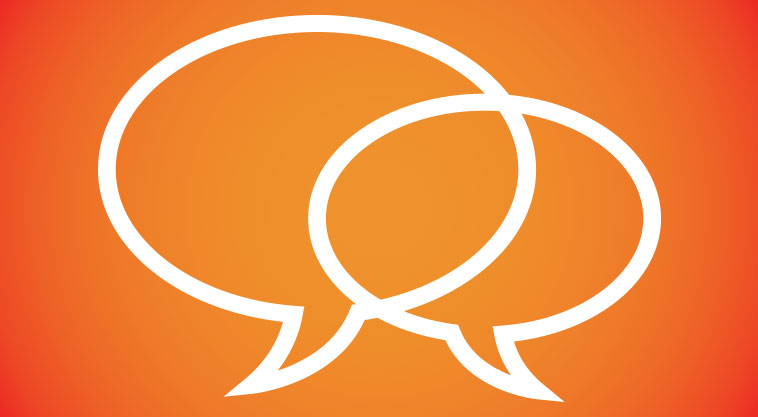The Reluctant Homeschooler: Part II


"She needs to be able to understand age-appropriate books, but she isn’t yet fluent enough to read them”

Therapist: Avoid unrealistic expectations; kids who were struggling previously are probably only going to have it harder now.
Mimi: This is a ton of work! Do I get any incentives?!
Goldy: This is supposed to be a vacation!
To keep Goldy reading, Mimi needs to learn how beginner books work.
“I know how they work,” she jokes. “Open book, read words, don’t get off the couch until the last page.” She sobers. “But of course Goldy hates reading.”
“What doesn’t she like about it?”
Mimi puts on a whiny singsong. “It’s soooo boring… I doooon’t wanna… Stooop asking me questions.”
“Okay,” I say. “So this is how books work: They have pictures that support the story.”
“Picture books?” She’s surprised. “Shouldn’t she be past that by now?”
“Are the other books working?”
Mimi has to admit they aren’t.
“The second way books work is they have only a couple sentences per page.”
This time, she stays silent.
“And lastly, books work when they’re easy and Goldy feels successful reading them.”
“How easy is easy?”
“Very easy. So easy she can move easily through them. So easy that she’ll feel successful and it’ll be rewarding, and she’ll be willing to do it again.”
“Got it.”
There are two goals for reading skills: fluency and comprehension [Fluency refers to speed and accuracy, and comprehension refers to total understanding of the text.]. “Start with fluency,” I tell Mimi. “Read the same book every night. Time Goldy as she reads. If her speed picks up, her fluency is improving. It will become a game. Get her to see if she can surpass her record.”
“Okay,” Mimi says. “Thing is, she needs to be able to understand age-appropriate books, but she isn’t yet fluent enough to read them.”
“So you read those books to her.”
I tell Mimi that when she introduces new books [Choose books that appeal to the child’s interests. Many are marked for appropriate age level. Note that many Jewish schools start reading at age 6 instead of 5] she should “read the pictures” first. “Ask Goldy to look at the pictures and try to guess what’s going to happen. What’s on the cover? What do you think this book is about? Fill in any background concepts she might need. Don’t assume understanding — ask, ‘What does it mean, they live on a prairie?’ ”
The ability to predict is very important [Prediction gives you a head start on processing information]. “Take a ‘picture walk’ through the book. Before you read the next page, say, what do you think is going to happen now?”
“Okay, okay,” Mimi interjects. “I’m starting to get overwhelmed again, we said ten minutes, remember?”
I remember. “Good catch,” I tell Mimi. “Since you’re working on fluency and comprehension, alternate days. On day one, do fun, easy reading for fluency. On day two, do an exciting new book for comprehension. And don’t forget the incentive program!”
“More nosh,” Mimi mutters [More mature kids can earn points toward a prize, but younger or less mature kids will need immediate reinforcement].
“And if you’re really idealistic,” I can’t resist adding, “have Goldy draw a picture afterward that represents the story. That will teach her how to summarize. When she can do that, have her draw three pictures, one for the beginning, middle, and end of the story. Or you can say, ‘Tell me three things that happened.’ Or ask a WH — where, what, why, how — question, one question for each page. All these activities will help Goldy learn to read and think in an organized manner.”
“If she can do that,” Mimi says, “she’ll go back to school stronger than when she left.”
D. Himy is a speech-language pathologist in private practice and creator of the Link-It and STARPower curriculums. The fictional characters in this column represent typical client profiles.
(Originally featured in Family First, Issue 695)
Oops! We could not locate your form.









